slide:ology pdf epub mobi txt 电子书 下载 2024
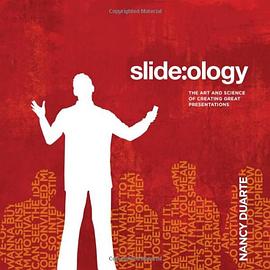
简体网页||繁体网页
图书标签: PPT presentation 演讲 设计 英文原版 思维 沟通演讲 沟通
喜欢 slide:ology 的读者还喜欢
 演说之禅 pdf epub mobi txt 电子书 下载
演说之禅 pdf epub mobi txt 电子书 下载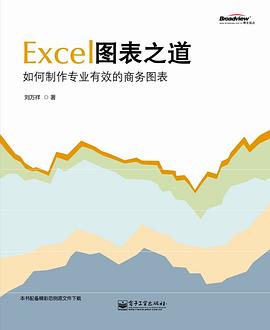 Excel图表之道 pdf epub mobi txt 电子书 下载
Excel图表之道 pdf epub mobi txt 电子书 下载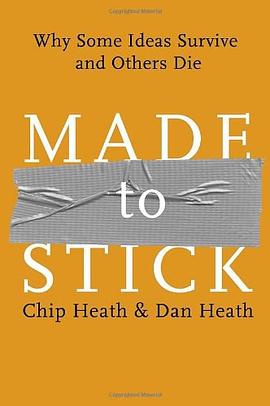 Made to Stick pdf epub mobi txt 电子书 下载
Made to Stick pdf epub mobi txt 电子书 下载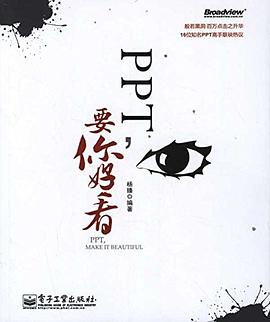 PPT,要你好看 pdf epub mobi txt 电子书 下载
PPT,要你好看 pdf epub mobi txt 电子书 下载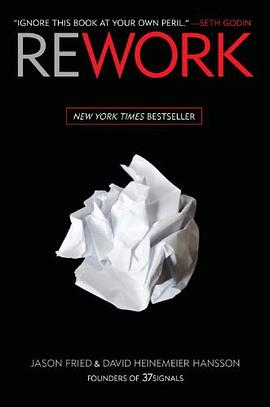 Rework pdf epub mobi txt 电子书 下载
Rework pdf epub mobi txt 电子书 下载 说服力-缔造完美的PPT演示 pdf epub mobi txt 电子书 下载
说服力-缔造完美的PPT演示 pdf epub mobi txt 电子书 下载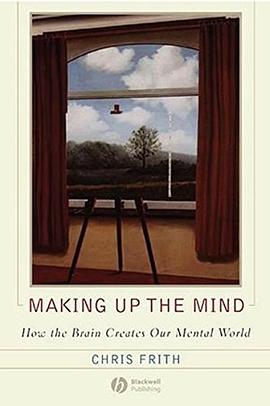 Making Up the Mind pdf epub mobi txt 电子书 下载
Making Up the Mind pdf epub mobi txt 电子书 下载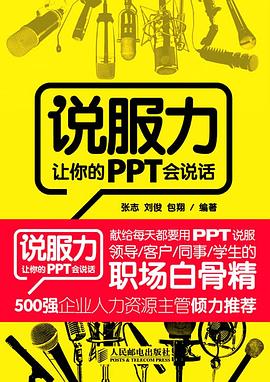 说服力 让你的PPT会说话 pdf epub mobi txt 电子书 下载
说服力 让你的PPT会说话 pdf epub mobi txt 电子书 下载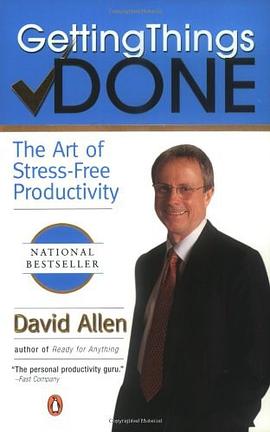 Getting Things Done pdf epub mobi txt 电子书 下载
Getting Things Done pdf epub mobi txt 电子书 下载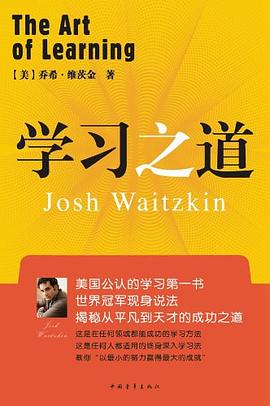 学习之道(第2版) pdf epub mobi txt 电子书 下载
学习之道(第2版) pdf epub mobi txt 电子书 下载
点击这里下载
发表于2024-06-14
slide:ology epub 下载 mobi 下载 pdf 下载 txt 电子书 下载 2024
slide:ology epub 下载 mobi 下载 pdf 下载 txt 电子书 下载 2024
slide:ology pdf epub mobi txt 电子书 下载 2024
图书描述
Praise for slide:ology
Copyright
Dedication
Acknowledgments
Foreword
Introduction
Chapter 1. Creating a New Slide Ideology
建立全新的幻灯理念
Section 1.1. Don't Commit Career Suislide
不要委托职业的幻灯制作者
Section 1.2. A Case for Presentations
一个演示案例
Section 1.3. So Where Do You Begin?
从哪里开始?
Section 1.4. Case Study: Mark Templeton
案例研究:
Section 1.5. The Presentation Ecosystem
演示系统
Section 1.6. World Class Presentations Require Time and Focus
世界级的演示要求时间和焦点
Section 1.7. Responding to Audience Needs
响应听众需求
Section 1.8. How Do You Define Your Audience?
如何定义你的听众
Section 1.9. Case Study: Rick Justice Creating Great Presence
案例研究:
Section 1.10. Case Study: ZS Associates An Incentive to Communicate Clearly
案例研究:ZS
Chapter 2. Creating Ideas, Not Slides
建立理念,而不是幻灯
Section 2.1. Finding Your Inspiration
找到灵感
Section 2.2. Innovating with Sticky Notes
使用即时贴创新
Section 2.3. Case Study: Bill McDonough
案例研究:
Section 2.4. Sketching Your Way to Success
画出成功之路
Section 2.5. Collaborating to Get Clarity
??清晰
Section 2.6. Case Study: Mitchell Baker
案例研究:
Section 2.7. Sketching Ideas Using Diagrams
使用图解描绘概念
Section 2.8. Sketching Complete Ideas
描绘完整的概念
Chapter 3. Creating Diagrams
创建图解
Section 3.1. Classifying Diagrams
图解分类
Section 3.2. Abstract Concepts: Flow
抽象概念:流程
Section 3.3. Abstract Concepts: Structure
抽象概念:结构
Section 3.4. Abstract Concepts: Cluster
抽象概念:聚集
Section 3.5. Abstract Concepts: Radiate
抽象概念:发散
Section 3.6. Realistic Concepts: Pictorial
形象概念:插画
Section 3.7. Realistic Concepts: Display Data
形象概念:显示数据--与图表相关的内容
Section 3.8. Making Diagrams Work Together
综合运用图解
Section 3.9. Strengthening the Diagram's Concept
强化图解概念
Chapter 4. Displaying Data
显示数据--本章讲统计图表
Section 4.1. Following the Five Data Slide Rules
五条数据幻灯原则
Section 4.2. Telling the Truth
说出事实
Section 4.3. Getting to the Point
说出重点
Section 4.4. Picking the Right Tool for the Job
使用正确的工具
Section 4.5. Highlighting What's Important
强调重要的
Section 4.6. Chart Makeovers
图表美化
Section 4.7. Case Study: Healthy Waters
案例研究:
Chapter 5. Thinking Like a Designer
象设计师一样思考
Section 5.1. The Value of Design
设计的价值
Section 5.2. Revealing Yourself Through Design Decisions
??设计决策
Section 5.3. Case Study: Al Gore
案例研究:Al Gore(美国前副总统)
Section 5.4. Designing Effective Slides
设计有效的幻灯
Chapter 6. Arranging Elements
安排元素
Section 6.1. Placement of Elements Creates Meaning
元素的位置有意义
Section 6.2. Contrast: Identifying the Main Point Quickly
对比:快速识别主要点
Section 6.3. Flow: Ordering How the Information Is Processed
流程:排序信息处理流程
Section 6.4. Hierarchy: Seeing Relationships Between Elements
层次:发现元素之间的联系
Section 6.5. Unity: Sensing the Structure of Information
联合:了解信息结构
Section 6.6. Case Study: Adobe Controlling
案例研究:
Section 6.7. Proximity: Perceiving Meaning from Location
就近:感知位置意义
Section 6.8. Whitespace: Getting Visual Breathing Room
留白:留下视觉上的喘息空间
Section 6.9. Case Study: Garr Reynolds
案例研究:Garr Reynolds(演示之禅的作者)
Section 6.10. Finding Beauty in the Design Around You
发现身边的设计之美
Chapter 7. Using Visual Elements: Background, Color, and Text
使用视觉元素:背景,颜色,文本
Section 7.1. The Ingredients of a Great Slide
卓越幻灯的要素
Section 7.2. Background
背景
Section 7.3. Backgrounds Are a Surface for Digital Assets
背景是数字资产的外表
Section 7.4. Traversing Flatland and Dimensions
??平面和维度
Section 7.5. Creating a Sense of Space
建立空间感
Section 7.6. Determining the Light Source
决定光源
Section 7.7. Color
颜色
Section 7.8. About the Color Wheel
色彩轮
Section 7.9. Using the Power of Color
使用颜色的力量
Section 7.10. Choosing Your Colors
选择你自己的颜色
Section 7.11. Using Industry Color Palettes
使用行业颜色板
Section 7.12. Assembling a Color Palette
配置颜色板
Section 7.13. Case Study: BzzAgent
案例研究:
Section 7.14. Text
文本
Section 7.15. Dissecting a Font
解剖字体
Section 7.16. How Many Words Should Be on a Slide?
一张幻灯上多少字
Section 7.17. Typesetting
排版
Section 7.18. Typesetting a Block of Text
排版大量文字
Section 7.19. Obeying Gun Laws and Bullet Laws
遵从??原则
Section 7.20. Validating Your Font Size
验证字体大小
Section 7.21. Playing Text Animations as the Audience Enters
使用文字动画
Chapter 8. Using Visual Elements: Images
使用视觉元素:图片
Section 8.1. Assembling an Image System
配置图片系统
Section 8.2. Photography
摄影
Section 8.3. Case Study: School District
案例研究:
Section 8.4. Taking Your Own Photos
使用自己的照片
Section 8.5. Illustrations
插图
Section 8.6. Creating an Illustration Library
建立插画库
Section 8.7. Illustrating Complex Stories
图解复杂的故事
Section 8.8. Stylizing Diagrams and Illustrations
风格化图示和图解
Section 8.9. Case Study: Dr. Mike Magee
案例研究:
Section 8.10. Case Study: Incorporating Video
案例研究:
Chapter 9. Creating Movement
建立运动
Section 9.1. Designing Time-Based Scenes
设计基于时间的场景
Section 9.2. Planning Animations
计划动画
Section 9.3. Animating Serves a Purpose
动画服务于目标
Section 9.4. Taking Lessons from the Movies
从电影学习
Section 9.5. Making Objects Move and Change
让对象运动和改变
Section 9.6. Creating Panoramas and Scenes
建立全景图
Section 9.7. Creating Scenes, Not Slides
建立场景,而不是幻灯
Section 9.8. Case Study: Guerrino De Luca
案例研究:
Section 9.9. Brainstorming Meaningful Metaphors
头脑风暴有意义的隐喻
Section 9.10. Case Study: Rare
案例研究:
Section 9.11. Avoiding Visual Vertigo
避免视觉眩晕
Chapter 10. Governing with Templates
用模板管理
Section 10.1. Arming Your Workforce
武装你的工作人员
Section 10.2. Making Template Design Decisions
制定模板设计原则
Section 10.3. Case Study: Hewlett-Packard
案例研究:HP
Section 10.4. Experimenting with Various Looks
尝试不同的外观
Section 10.5. Following Template Guidelines
遵守模板指南
Section 10.6. Building Presentations Collaboratively
协同建立演示
Chapter 11. Interacting with Slides
与幻灯交互
Section 11.1. The Power of Constraints
约束的力量
Section 11.2. Constraining the Text
约束文字
Section 11.3. Reducing Text on a Slide
减少文字
Section 11.4. Navigating Through Your Message
导航你的信息
Section 11.5. Constraining the Length
控制长度
Section 11.6. Case Study: Pecha Kucha
案例研究:
Section 11.7. Constraining the Projector
控制投影仪
Section 11.8. All the World's a Stage
世界的舞台
Section 11.9. How Many Slides? Use the 10/20/30 Rule.
多数张幻灯?10/20/30原则
Section 11.10. How Many Slides? The Sky Is the Limit.
多数张幻灯?天高任鸟飞
Section 11.11. How Many Slides? Depends on the Technology.
多数张幻灯?看使用的技术
Section 11.12. To Project or Not to Project
投影还是不投影
Section 11.13. Case Study: John Ortberg
案例研究:
Section 11.14. Small Device, Big Impact
小设备,大印象
Section 11.15. Case Study: Jill Bolte-Taylor
案例研究:
Section 11.16. A Call to Relate
??
Chapter 12. Manifesto: The Five Theses of the Power of a Presentation
纲领:5个观点
Section 12.1. Treat Your Audience as King
以听众为中心
Section 12.2. Spread Ideas and Move People
传播理念、感动人们
Section 12.3. Help Them See What You're Saying
让他们看到你所说的
Section 12.4. Practice Design, Not Decoration
学习设计,而不是装饰
Section 12.5. Cultivate Healthy Relationships
加强有益的联系
References
Index
著者简介
Nancy Duarte,Duarte设计公司领导者。该公司是硅谷最大的设计公司,也是一家女性主导的公司。它的客户大多是财富500强企业,如Adobe,思科,Google和惠普。Duarte设计公司被公认为是演说设计领域的领头羊。
图书目录
slide:ology pdf epub mobi txt 电子书 下载
用户评价
是时候构建自己的PPT素材库了!
评分就……有生之年,没想到自己会读这种书。嘛,为了学习为了进步。
评分就……有生之年,没想到自己会读这种书。嘛,为了学习为了进步。
评分以前做的ppt实在太屎....就是里面失败事例里面得那种...--
评分比 Presentation Zen 要更为实在详尽一些,值得一读。
读后感
每一个决定都是有意图的,每个视觉元素排列背后都有其理性的思考,每种排序和结构都表达不同的含义,任何一个细节变化,无论多么细微都会分散观众的注意力,都会必然影响观众的理解。所有的设计都应该用来帮助对方更好地理解信息。了解对方需求的重要性,强调找到核心传播点...
评分 评分在PPT界,这本《SlideOlogy》名气和《演说之禅》几乎一样大,在很多地方都被推崇为学习Presentation和幻灯片设计的必读书。 一本书到底好不好,其实只要看看在正式出版之前网上有没有英文PDF版就知道。这本书当然有英文PDF版,我早就下了,但是我没有分享,不是为了藏私,以我...
评分The Five Theses of the Power of a Presentation 1.Treat Your Audience as King They didn't come to your presentation to see you.They came to find out what you can do for them.Success means giving them a reason for taking their time, providing content that re...
评分slide:ology pdf epub mobi txt 电子书 下载 2024
分享链接
相关图书
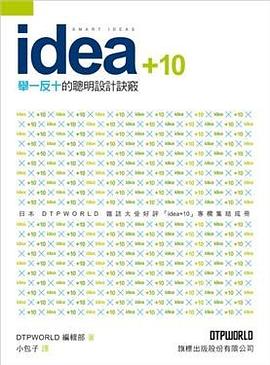 Idea+10 pdf epub mobi txt 电子书 下载
Idea+10 pdf epub mobi txt 电子书 下载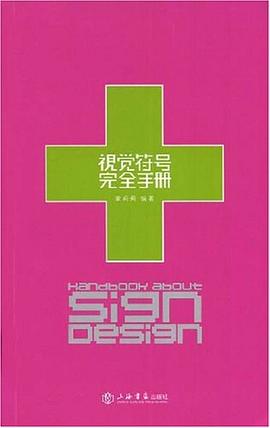 视觉符号完全手册 pdf epub mobi txt 电子书 下载
视觉符号完全手册 pdf epub mobi txt 电子书 下载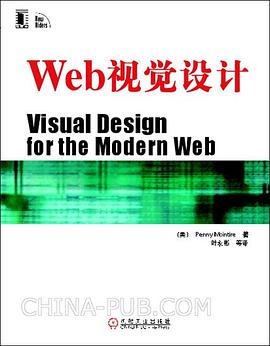 Web视觉设计 pdf epub mobi txt 电子书 下载
Web视觉设计 pdf epub mobi txt 电子书 下载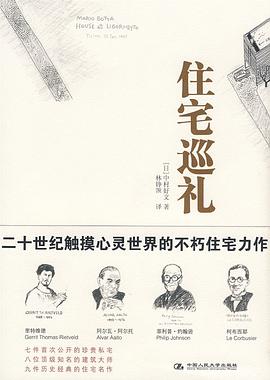 住宅巡礼 pdf epub mobi txt 电子书 下载
住宅巡礼 pdf epub mobi txt 电子书 下载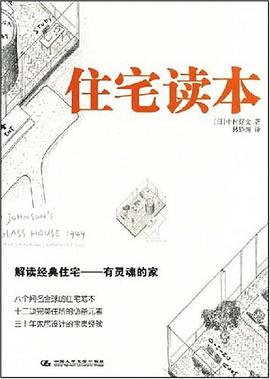 住宅读本 pdf epub mobi txt 电子书 下载
住宅读本 pdf epub mobi txt 电子书 下载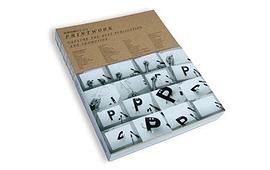 Print Work pdf epub mobi txt 电子书 下载
Print Work pdf epub mobi txt 电子书 下载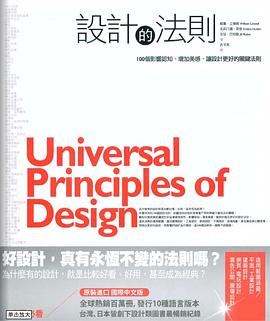 設計的法則 pdf epub mobi txt 电子书 下载
設計的法則 pdf epub mobi txt 电子书 下载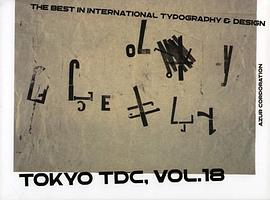 Tokyo TDC Vol. 18 pdf epub mobi txt 电子书 下载
Tokyo TDC Vol. 18 pdf epub mobi txt 电子书 下载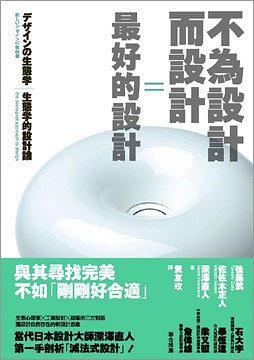 不為設計而設計=最好的設計 pdf epub mobi txt 电子书 下载
不為設計而設計=最好的設計 pdf epub mobi txt 电子书 下载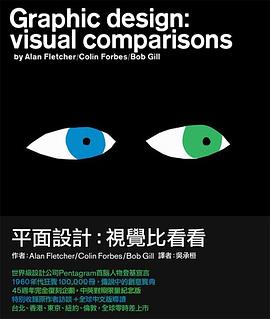 平面設計 pdf epub mobi txt 电子书 下载
平面設計 pdf epub mobi txt 电子书 下载 Detail in Typography pdf epub mobi txt 电子书 下载
Detail in Typography pdf epub mobi txt 电子书 下载 The House of Viktor & Rolf pdf epub mobi txt 电子书 下载
The House of Viktor & Rolf pdf epub mobi txt 电子书 下载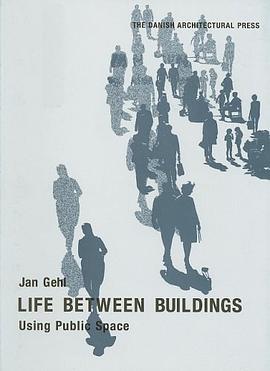 Life Between Buildings pdf epub mobi txt 电子书 下载
Life Between Buildings pdf epub mobi txt 电子书 下载 Web Form Design pdf epub mobi txt 电子书 下载
Web Form Design pdf epub mobi txt 电子书 下载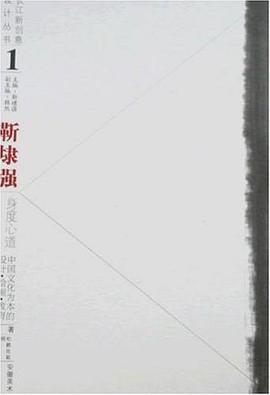 靳埭强 身度心道 pdf epub mobi txt 电子书 下载
靳埭强 身度心道 pdf epub mobi txt 电子书 下载 Graphic Design pdf epub mobi txt 电子书 下载
Graphic Design pdf epub mobi txt 电子书 下载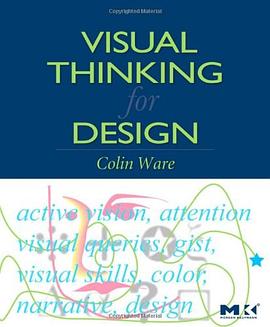 Visual Thinking pdf epub mobi txt 电子书 下载
Visual Thinking pdf epub mobi txt 电子书 下载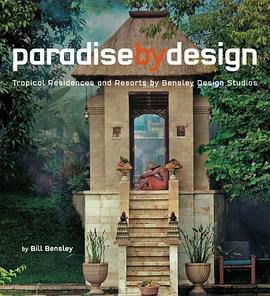 Paradise by Design pdf epub mobi txt 电子书 下载
Paradise by Design pdf epub mobi txt 电子书 下载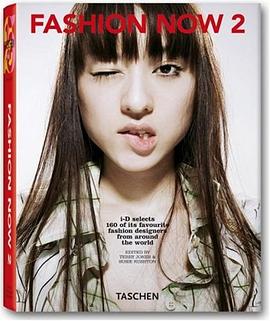 Fashion Now 2 pdf epub mobi txt 电子书 下载
Fashion Now 2 pdf epub mobi txt 电子书 下载 Siteless pdf epub mobi txt 电子书 下载
Siteless pdf epub mobi txt 电子书 下载



